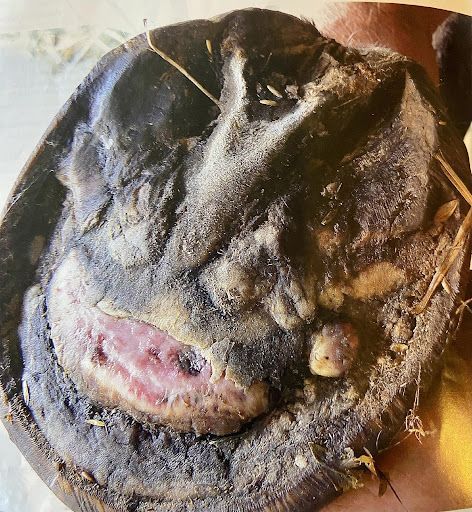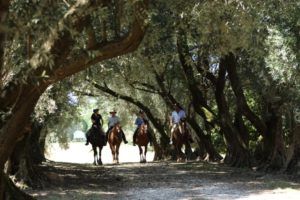HORSE RIDING TOURS
Wild About Hooves • 20 October 2018
In our crazy busy lives, it’s easy to forget the power of simplicity.
We yearn to just saddle up and go for a ride in a magical place.
Horse riding is a powerful cure for an overworked mind, a tired soul and a dormant spirit.
When we are so busy hustling and bustling and ticking off this list and moving on to the next thing, we forget to allow ourselves any contentment along the way.
We need an all-important RESET and RECHARGE.
Australian Horse Adventures, our trail riding business, promise to provide you with the feeling of contentment and joy and to redirect your perspectives by looking after your every little thing on your horse riding holiday so you can just savour and enjoy:
All you need to do – is come and ride with us.
We yearn to just saddle up and go for a ride in a magical place.
Horse riding is a powerful cure for an overworked mind, a tired soul and a dormant spirit.
When we are so busy hustling and bustling and ticking off this list and moving on to the next thing, we forget to allow ourselves any contentment along the way.
We need an all-important RESET and RECHARGE.
Australian Horse Adventures, our trail riding business, promise to provide you with the feeling of contentment and joy and to redirect your perspectives by looking after your every little thing on your horse riding holiday so you can just savour and enjoy:
- Gorgeous safe, fit and educated horses.
- Horses that are trained to ride bitless and a chance for you to learn about natural horsemanship.
- Luxurious comfy accommodation with your own private room and ensuite.
- Mind blowing scenery
- Delicious healthy fresh food that is renowned in the local region. Imagine juicy seafood straight from the ocean with a chilled Tasmanian white wine, or a cheese platter with a peppery perfect Shiraz from the Barossa, SA. Our tours focus on showcasing the local produce and the culinary “must try” of a location.
- Photographs are taken for you and provided as a gift at the end of the tour.
It’s horse time that reminds us fulfillment isn’t felt in all the chaos and goal kicking in our careers and lives. Its magnified in nature, with these beautiful creatures.
Check out www.australianhorseadventures.com.au
for the range of horseback tours.
WE WOULD LOVE TO HAVE YOU JOIN US.

Laminitis kills thousands of horses every year, and leaves thousands of others debilitated with lameness. It will and can affect any horse. And for you, the horse owner it can be devastating: you feel guilty and heartbroken at your horses suffering, confused with all the information as it is typically explained by professionals in scientific terms that can be difficult to understand, costly veterinary bills and you have the major task of nursing your horse back to recovery. . Unseasonal weather patterns around Australia with abundant rain and sunshine saw laminitis at a near epidemic last year. The reason being, that the environmental conditions can trigger increases in the sugar, starch and fructan. These collectively known as non-structural carbohydrates can cause laminitis in any horse or pony. Alarm bells ring this spring!! Be warned and be prepared, for prevention is better than cure.

The extraordinary relationship between humans and the horse has been running since before the birth of Christ. Indeed, there is evidence our domestication of horses goes as far back as 3500 BC. And ever since we recognised the utilitarian value of the horse, there has been the horseshoe. The use of horseshoes has become an almost unquestioned tradition. Humans have been nailing shoes onto horses’ hooves for well over a thousand years. Who can remember back to a time otherwise?

